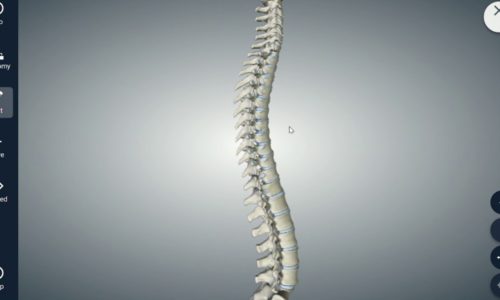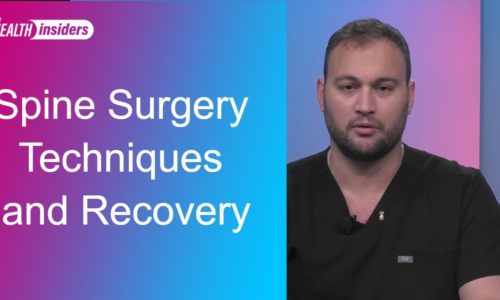Persistent Pain Following Back Surgery |
Dr. Georgiy Brosuvanik, Spine Surgeon with Baptist Health South Florida, explains pain after surgery is very common and normal, too. He affirms 50% of his patients have it.
But in order to correct the patient’s back pain, and also to correct sagittal balance or kyphosis, physicians have to restore their height and get the head back on top of their pelvis. For the patient’s complete relief the leaning tree has to be brought up to a perfectly vertical position.
Transcript
Sometimes after surgery they still have back pain, so what do you do then? > You know, That is like 50% of what I do on day to day is I work with patients who have had other surgery and are still suffering it’s a complicated problem, but it’s not a type of a problem that cannot be fixed. In fact minimally invasive approach is absolutely reasonable after the big wide open surgery and that situation actually happens a lot. So imagine a degenerative back that as we described sort of leans forwards and a surgeon usually these are older guys will do an operation from the back they will open up the spine and they will strip the muscles off the bone and then we’ll put screws to stabilize a deform spine, well the reality is that without taking out the discs just placing the screws you are sort of fusing things inside, you’re not really changing it you’re making it stop moving. Now that works for a lot of patients but imagine that that Leaning Tower of Pisa or I mentioned a tree that’s leaning over the side of the road if you were to stop that tree from moving kind of halfway but she will just continue to lean above the fixation and what we have learned and the American Academy of Orthopedic Surgeons which is actually our governing body, as far as orthopedic surgeons are concerned, actually has made it very clear that we have a job that we have not performed. We need to restore what’s called sagittal balance so remember how we talked about elderly sort of leaning forwards. Now if you look at that elderly person from the side that person is leaning forwards and we call that sagittal balance or kyphosis, and we have learned that in order to correct that patient’s back pain we have to restore their height and get that a head back on top of their pelvis so that leaning tree has to be brought up to a perfectly vertical position in order for that patient to really feel complete relief. So what I do frequently for patients who have already had the operation in that kyphotic posture, is I’ll sneak in right above the fusion and correct that disc that’s usually degenerated right above. I’ll give that disc a lot of height and I will restore that nice curve of the spine. So from there you just sneak in and sneak out and the patient’s go back to their normal life — I like that– it’s really pretty rewarding.








